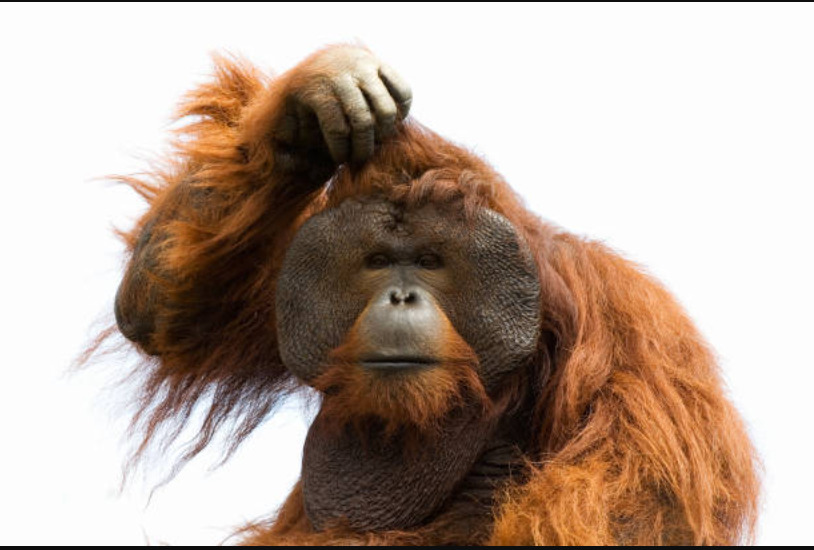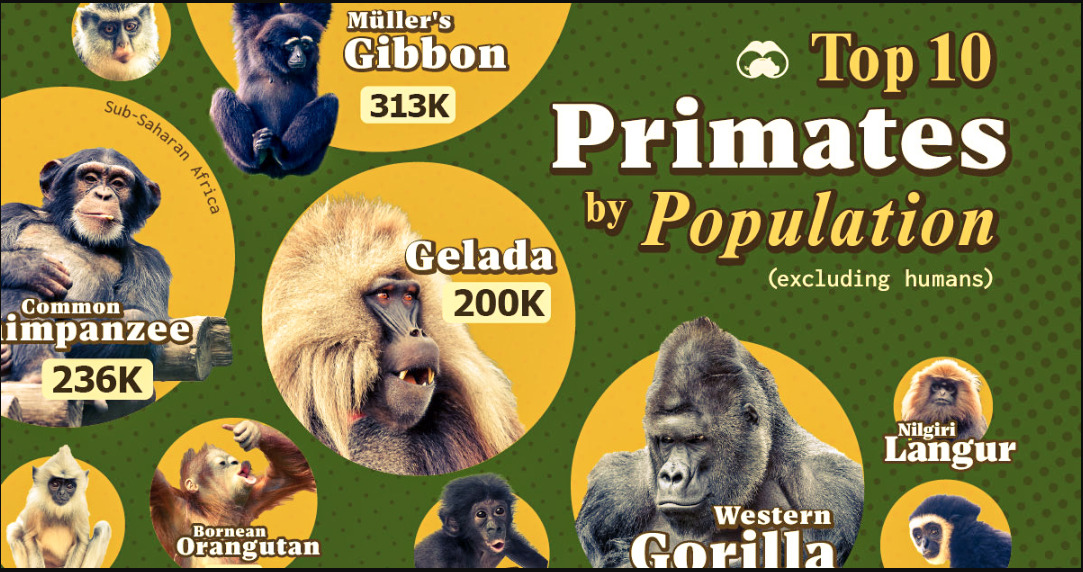In the vast tapestry of nature, beauty is often a subjective measure, varying widely across cultures and individuals.
Yet, in the animal kingdom, certain creatures challenge our conventional notions of attractiveness with their unique features.

Top 15 Monkey Species
Exploring the world of monkey species reveals a fascinating tapestry of diversity within the primate family.
Here’s a glimpse at some remarkable species that highlight the incredible variety of monkeys around the globe:
- Golden snub-nosed monkey: Famous for their stunning looks and ability to withstand cold climates.
- Mandrill: Their vibrant, colorful faces make them instantly recognizable.
- Proboscis monkeys: Easily identified by their long noses, adding a unique charm to their appearance.
- Barbary macaque: Europe’s lone native monkey species, with a captivating presence.
- Crab-eating macaque: Versatile monkeys often spotted near water bodies, showcasing adaptability.
- Common marmoset: Petite monkeys distinguished by charming white tufts of fur around their ears.
- Panamanian white-faced capuchin: Renowned for their impressive tool-using skills, demonstrating remarkable intelligence.
- Pygmy marmoset: Holding the title of the world’s smallest monkey species, they’re pint-sized wonders.
- Northern plains gray langur: Sporting cheek pouches, these monkeys have a distinctive appearance.
- Gee’s golden langur: Rare and beautiful, these golden monkeys are a sight to behold.
- Bald uakari: With their striking red, bald faces, they command attention wherever they go.
- De Brazza’s monkey: Adorned with orange crowns, they exude elegance and grace.
- Colombian red howler: Their loud howling calls make them a vocal presence in the jungle.
- Gelada: Standing out for their unique grass-eating habits, they’re unlike any other primate.
- Emperor Tamarin: Sporting majestic mustaches, they leave a lasting impression.
Physical Characteristics
Monkeys exhibit a wide array of physical traits across different species, showcasing their remarkable diversity.
Here are some common characteristics shared among many monkeys:
- Body Structure: Monkeys typically possess a tail and a slender-chested body, distinguishing them from apes. Their skeletal structure includes the presence of a tail, setting them apart from their primate relatives.
- Facial Features: While most monkeys boast a short, flat face with a less pronounced muzzle, exceptions like baboons and mandrills challenge this norm.
- Locomotion: Predominantly arboreal, monkeys navigate their habitats by moving on all fours and leaping between branches. On the ground, they walk with the entire sole of the foot touching the ground, with the palm of the hand raised.
- Hands and Feet: Adapted for grasping, monkeys have hands and feet with five digits each. Notably, the thumb and big toe are divergent from the other digits, and most species sport flattened nails.
- Brain and Behavior: Monkeys possess relatively large brains relative to their body size, fueling their reputation for intelligence and curiosity. Many demonstrate remarkable problem-solving abilities and are capable of using tools.
- Size and Fur: Monkeys exhibit a wide range of sizes, from the diminutive pygmy marmoset to the sizable mandrill. Most monkeys are covered in fur, although some species have bare patches on their faces and buttocks.
